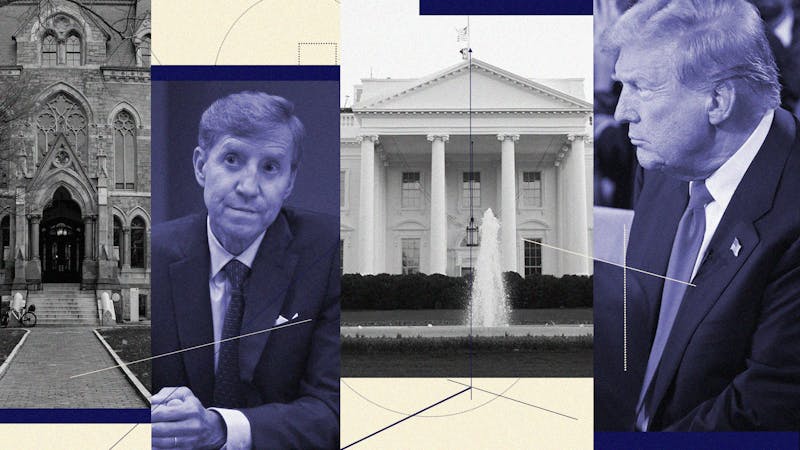Stonehenge's mysteries may be explained by an unlikely phenomenon, according to new research.
Anthony Peratt, associate laboratory director at Los Alamos National Laboratory, unveiled his "Talking Rocks" hypothesis at the University Museum's Harrison Auditorium last month. In his hour long talk, he linked ancient cave art to outer space events visible to Earth's Stone Age inhabitants.
Peratt argues that much of the ancient rock art, called petroglyphs, actually depicts massive plasma storms that lasted for centuries.
"We're going to argue is that what we see in the [plasma] and petroglyphs are the same," Peratt said.
Peratt's hypothesis states that certain figures found in the petroglyphs -- predating writing -- depict a lot of the same shapes found in plasma recreated in a laboratory.
"This is very curious. Someone had been penciling out pictures that I've been taking for the last 24 years," Peratt said of the plasma clouds he studies.
This information has lead Peratt to conclude that at some point in Earth's history, there were five or six different plasma clusters, much like Aurora Borealis.
Peratt also noted that the rock formations at Stonehenge may be images of a massive plasma cloud. When superimposed on a Stonehenge snapshot, the plasma shape observed matches the structure with uncanny resemblance.
"Changes in Stonehenge reflect changes in plasma," Peratt said.
But not everyone in attendance was willing to accept Peratt's findings.
Robert Giegengack, a Penn professor of Earth and Environmental Studies, said he feels that the findings are nothing more than a coincidence.
"We do not know if these people tried to make accurate drawings or stylized accounts," he said during the talk. "There is no arena that attracts human creativity better than that of human history."
And Astronomy and Astrophysics Professor Charles Alcock noted that plasma events are typically explosive, violent and transient in nature.
"We don't have any evidence for such events of such long duration," Alcock said. "The analogies are very interesting and exciting but there is not enough evidence for me to accept this conclusion."
The audience members, who were mainly Museum members, tended to agree.
"Fresh ideas are always appreciated but he was just comparing shapes which isn't scientifically valid," said Sony Ta, a physician at the Hospital of the University of Pennsylvania. "I thought it was a unique perspective."
Peratt's lecture was the fourth in the Museum's series on "Celestial Catastrophes in Human Prehistory?" Other lectures have focused on volcanoes, meteors and the rise of the Black Sea.
This story appeared exclusively at dailypennsylvanian.com.
The Daily Pennsylvanian is an independent, student-run newspaper. Please consider making a donation to support the coverage that shapes the University. Your generosity ensures a future of strong journalism at Penn.
DonatePlease note All comments are eligible for publication in The Daily Pennsylvanian.







